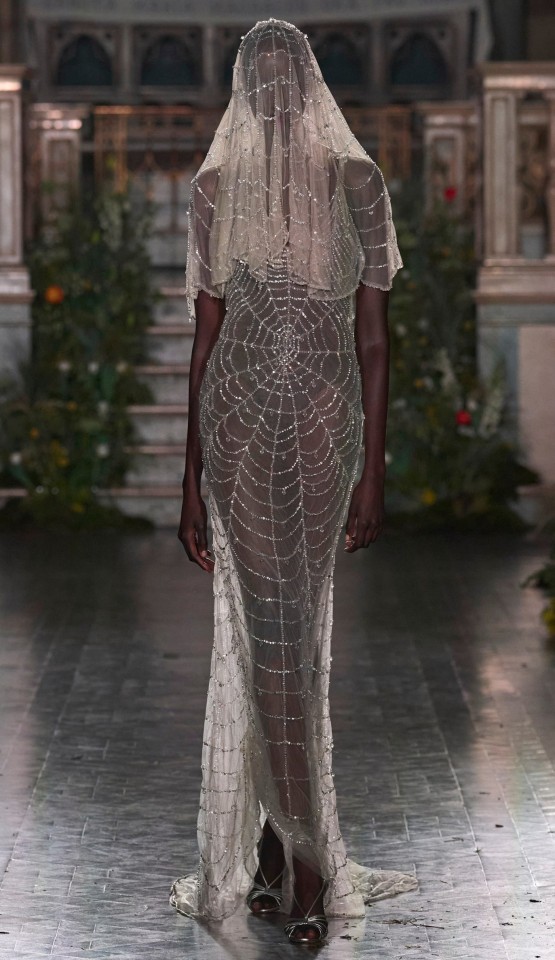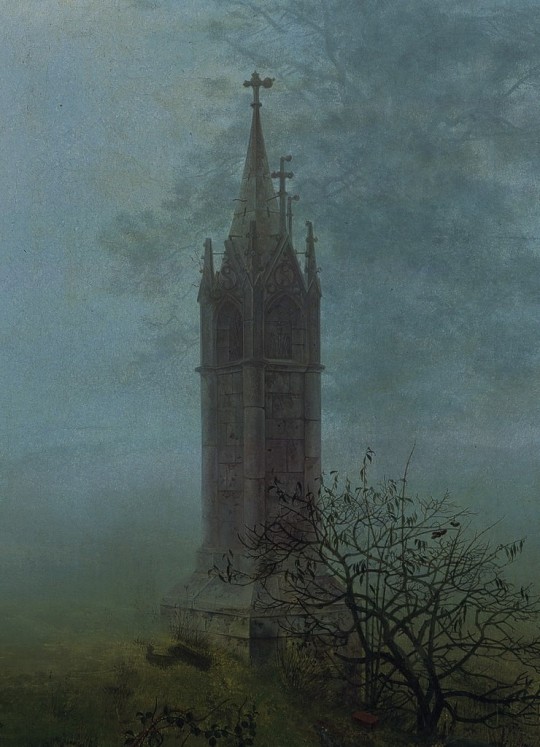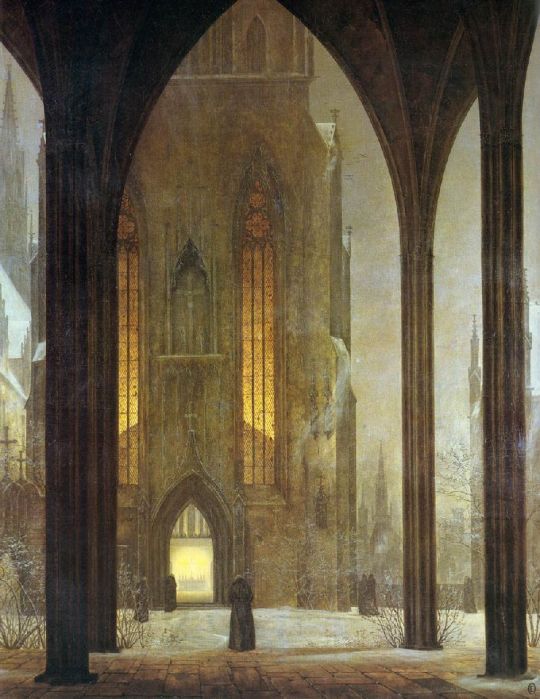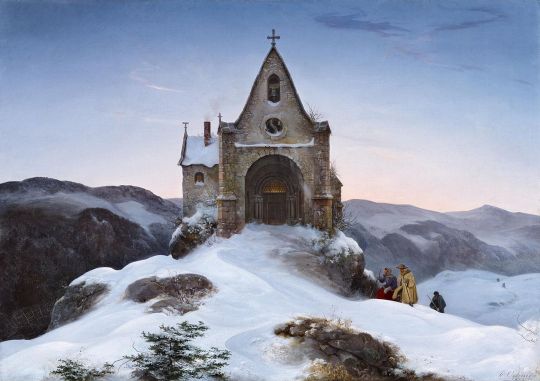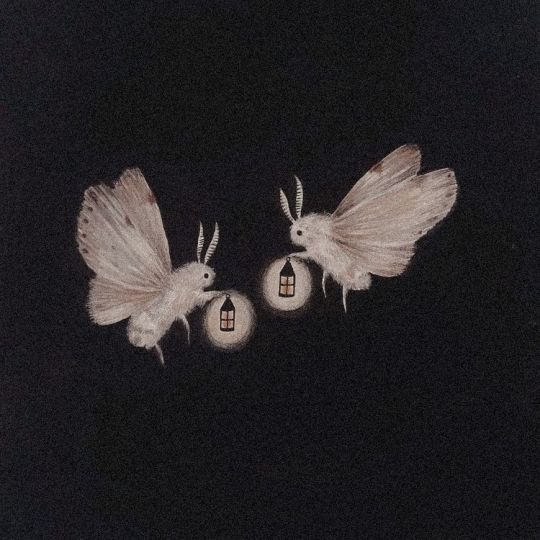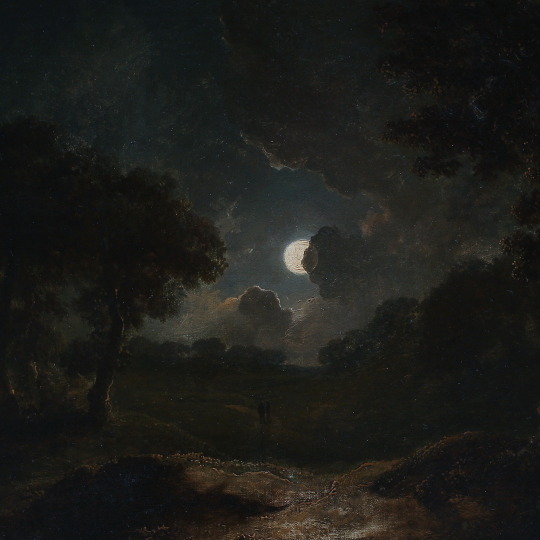Don't wanna be here? Send us removal request.
Photo

The only thing worse than your parents embarrassing you is your parents totally one-upping you
#goth #gothgoth
5K notes
·
View notes
Photo

You’re in luck! I, @khaleesi, read so much Gothic romance my senior year of college. “I want to do my thesis on it!” I said, bright-eyed and bushy-tailed and still believing that academia didn’t frown strongly upon anything amusing. “No one will take you seriously!” said my advisor. “Oh,” I said, and did Restoration drama instead because I am nothing if not a rebel. “If anyone asks just claim you studied the Romantics,” sighed my advisor.
BUT I READ THEM ALL (I.E. A LOT OF THEM) ANYWAY AND IT’S COMING IN HANDY NOW ISN’T IT, PROFESSOR?! HAHAHAHAHAHA!!!!*
*my thesis advisor was a delightful man and I love him very much and he was great

Gothic romance as a genre is more commonly referred to just as “Gothic literature,” but that’s boring imo and doesn’t really get at the crux of the thing, which is CONSUMPTIVE DRAMATICS IN LOVE.
Ultimately, Gothic romance stories are about the human mind – what’s hidden, what lurks in dreams and the subconscious, and what version of ourselves we are when we are quite alone.
There are several important tropes that crop up again and again in Gothic romance (though bear in mind some have all of these, some only have a couple, and some may have combined them):
A creepy enormous (sometimes derelict) castle. This is the primary setting of all good Gothic romance. Usually, it symbolizes the subconscious mind, though whether it’s the subconscious mind of the heroine, the villain, or a general commentary on the human subconscious mind depends on the book you’re reading.
Our Heroine, a distressed woman who is all alone: She will probably be sobbing, terrified, screaming, hiding, or shaken, and sometimes all at once! She has been abandoned – intentionally or not – by her protector(s). She might be an orphan, or she might have been brought to the creepy enormous (sometimes derelict) castle by a protector who then goes “I’m going to get help, stay here!” and is summarily murdered. Or she might have been brought there by her husband, who turns out to be a traumatized abuse victim/have his former wife locked in the attic/may or may not mean her harm; then, the abandonment happens because she expected a certain person and got quite another. If you want to put a fine point on it, she is abandoned by her sense of peace and well-being.
She usually won’t be in distress for the entire story – Gothic romance heroines usually get their shit together and figure out what’s going on, take a stand, go down into the basement and turn all the lights on, or get flung off a cliff by a man who is literally Satan. Hey, can’t win ‘em all.
Oppressive, tyrannical male. Sometimes her father or guardian (not necessarily her protector! different!), sometimes the owner of the creepy enormous (sometimes derelict) castle, who has authority over the heroine in some way and is trying to force her to do something intolerable, like marry him or commit a crime.
White Knight/a dude who is not as oppressive or tyrannical as the other dude. The White Knight is not as common as you might think, but I’m including him anyway because he’s fun. Also, he’s exactly what he sounds like – someone who comes along to rescue Our Heroine. Sometimes the two men are conflated and become one character, a White Knight with a terrible secret.
Creepy and/or skeletal and/or murderous servant. Primary job is to skulk around with a massive key ring or other symbol of authority over That Which Is Locked Away. May or may not be obsessed with someone who died traumatically before the heroine turns up.
Various omens, portents, visions, and supernatural occurrences. Sometimes a likeness of somebody will fall over and portend their death. Sometimes Our Heroine will have a dream about what’s to come. Sometimes a ghost will appear and rattle some chains and give her a good scare – right into the secret back room where there’s a coffin. Ghosts are usually symbolic of buried impulses or memories, or they could represent the id if they hang around the house a lot making noise and destroying things.

The Castle of Otranto (Horace Walpole, 1764) Man’s son gets crushed by enormous falling helmet. Man decides to avert ancient prophecy by getting a divorce from his wife and marrying a younger woman (typical). Man fails in a truly spectacular fashion. (This is considered the first Gothic novel.)
The Mysteries of Udopho (Ann Radcliffe, 1794) Beloved daughter loses everything, is given to hateful aunt, meets a man who feels a ~mystical connection~ to the natural world. Blood-spattered hijincks ensue. Ann Radcliffe is the Queen of Gothic romance and is also known for The Italian.
The Monk (Matthew Gregory Lewis, 1796) This book is so fucking complicated it’s impossible to condense to a single paragraph, but it is Important so I’m including it. Don’t let the complexity scare you – it’s batshit insane and very entertaining. *Stefon voice* It’s got everything. It’s got NUNS. It’s got ELOPEMENT. It’s got DRAMATIC SUDDEN DEATHs. It’s got INEXPLICABLE ROMANTIC ENTANGLEMENT. It’s got SATANIC WITCHES TRYING TO CONVERT PROFLIGATE MEN. It’s got SATAN HIMSELF. Run, don’t walk.
Northanger Abbey (Jane Austen, 1817) This is a satire of Gothic romance and it is hysterical.
Wuthering Heights (Emily Brontë, 1847) Man adopts orphan. Orphan makes man’s son wildly, violently jealous. Orphan and man’s daughter fall in love. Everyone is absolutely fucking awful to one another, and no one ends up happy. When it first came out, Wuthering Heights was deeply polarizing, as many contemporary critics believed that the mental and physical cruelty depicted were too stark. It also challenged literally every Victorian ideal: misogyny, religious hypocrisy, social class… You name it, Wuthering Heights is coming to tear it to shreds.
Jane Eyre (Charlotte Brontë, 1847) Orphan child is treated horrendously by everyone except her benefactor, sees ghosts, is sent off to a school for poor and orphaned girls. More awful things happen to her, like having her friend die in her arms of typhus. Becomes governess for a young girl in the home of one Mr. Rochester; fires go out, things move of their own accord, and a terrifying woman rips her wedding veil in two. This one is a marriage plot as well as a Gothic romance, so there is a wedding at the end, but it’s up to you to decide if it’s happy.
Rebecca (Daphne Du Maurier, 1938) Young woman marries older dashing man who is also very sad. Sad dashing man likes her just the way she is even though she feels insecure because she keeps getting compared to his dead wife, who was Perfectly Perfect in every way, and whose PRESENCE still LINGERS in the SPOOKY CLOSED PORTION OF THE HOUSE. Rebecca has one of the most horrifying creepy servants of all time. I would be her for Halloween every year except nobody would have any idea who the hell I was.

Here are some of my other favorites that I highly recommend, but don’t necessarily come up on the average rec list for this genre.
Zofloya, or The Moor (Charlotte Dacre, 1806) This book is so racist and also the wildest literary ride I have ever been taken on. Satan shows up to fling somebody off a cliff. Dacre herself said that Zofloya was about morality, but there’s an argument to be had that it’s also about the kinds of things we choose to punish women for.
Carmilla (Joseph Sheridan Le Fanu, 1871-72) LESBIAN VAMPIRES. I repeat, LESBIAN VAMPIRES.
Villette (Charlotte Brontë, 1853) Famously passive protagonist encounters possibly-dead nun again and again, falls in love-hate with famously chauvinist professor, describes the three years he was away at sea as “the happiest years of my life.” He might die at the end. It’s ambiguous.
Now go forth and gorge yourself on the gorgeous melodrama of Gothic Romance!
10K notes
·
View notes
Text


Dress
1802-1805
Musée Galliera de la Mode de la Ville de Paris
3K notes
·
View notes
Text






🕷️ Halloween Fashion: Zuhair Murad Fall 2023 Haute Couture Collection 🕷️
13K notes
·
View notes
Text
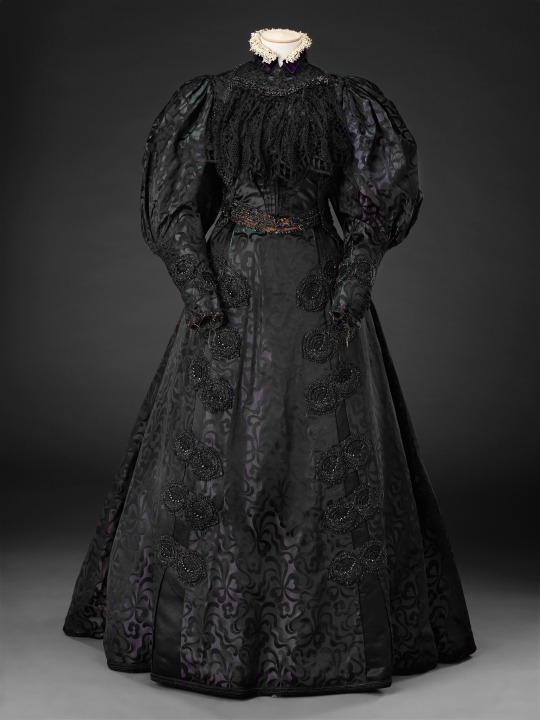

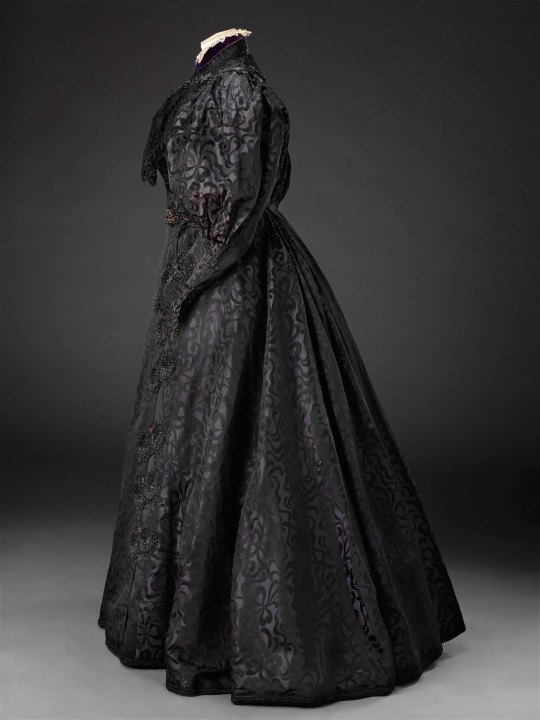
Dress
mid 1890s
The John Bright Collection
2K notes
·
View notes
Text

Evening cape by Elsa Schiaparelli, 1937, France.
401 notes
·
View notes
Text
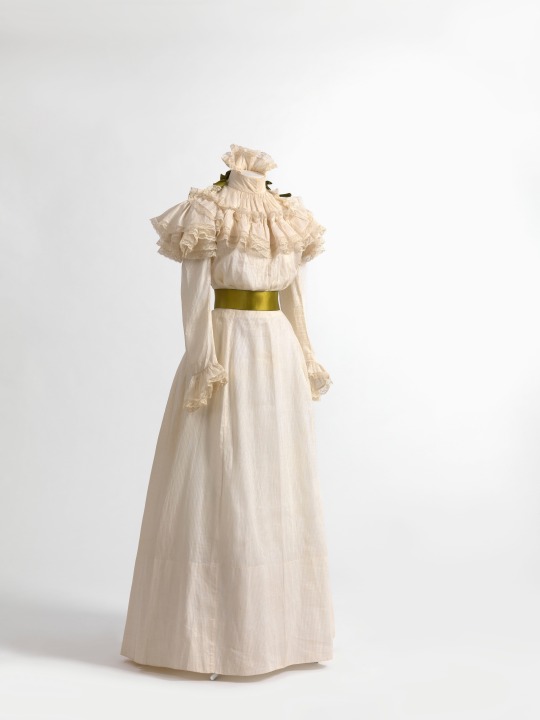

1898-1900 Summer dress in striped cotton, with silk satin ribbon
(Mode Museum Antwerpen)
5K notes
·
View notes
Text


Bronze incense burner in the form of a peacock, Seljuk Empire, 12th-13th century
from The Brooklyn Museum of Art
16K notes
·
View notes
Text

445 notes
·
View notes
Text

The Abbey in the Oakwood (c. 1809 / oil on canvas) | Caspar David Friedrich
85 notes
·
View notes





